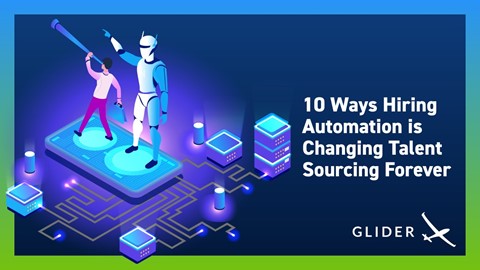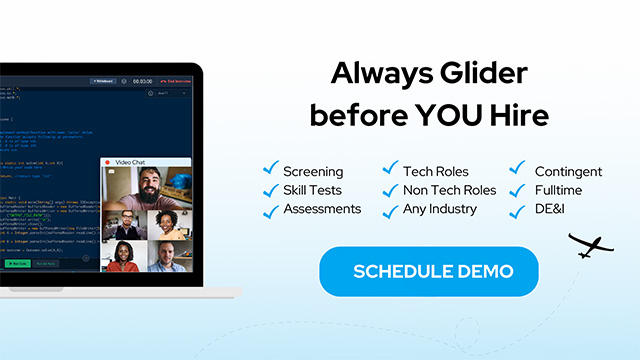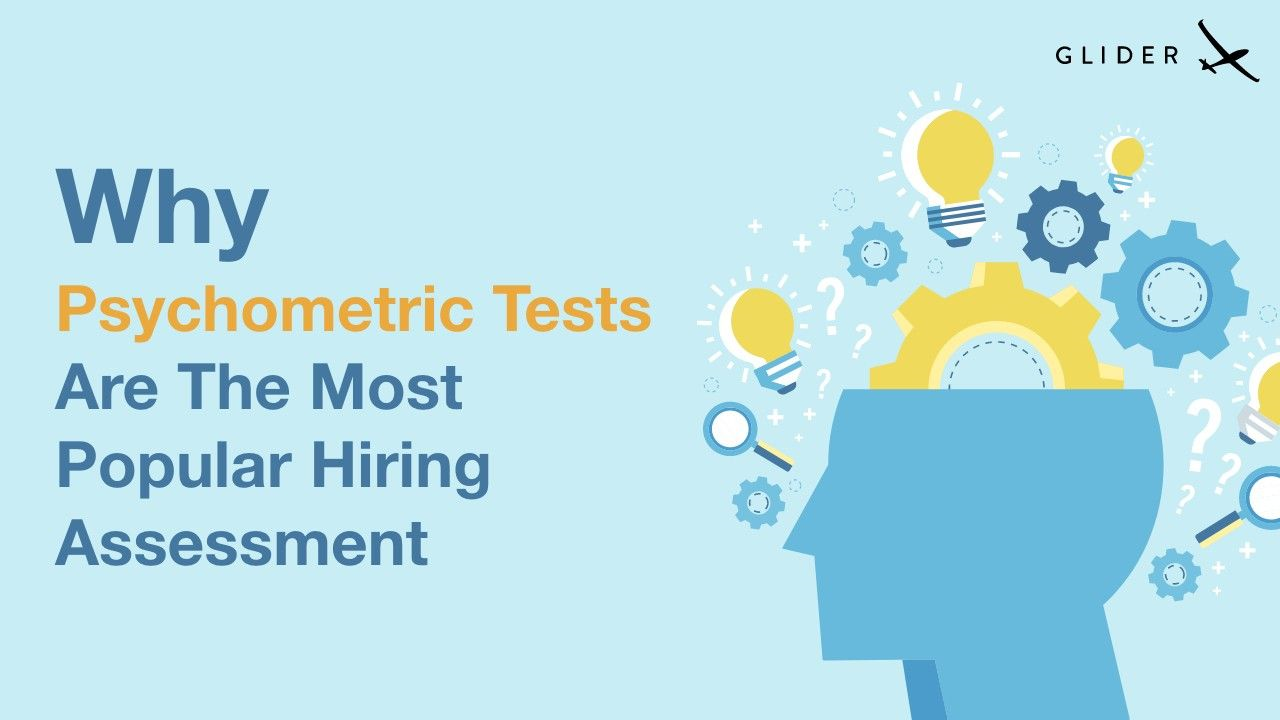
The future of global human capital has witnessed a paradigm shift in the challenging times of the global pandemic. From the ‘new normal’ remote working to accelerated automation, the agility within HR has been put fast into action. COVID-19 has redefined work, workforces, and workplaces and has reshaped the hiring process faster, flatter, and leaner. Thanks to automation, much of the talent sourcing is accomplished without physical proximity.
75 per cent of recruiters believe technology has a greater influence on the hiring process compared to the previous year. Studies from the Stanford Institute for Human-Centered Artificial Intelligence (HAI), there exists a relationship between AI-related jobs and economic growth, which in turn has a positive impact on society’s well-being.
McKinsey & Company predict that online talent platforms will add $2.7 trillion or 2.0 percent to global GDP by 2025. While the hiring automation landscape isn’t exactly new for tech-savvy recruiters and big companies, the global pandemic outbreak has made small and medium companies embrace automation. With already operating on a lean budget, SMB can find AI-based recruitment much focused and resource-saving when it comes to talent management.
According to Robert Half UK, a typical hiring team spends an average of 18.8 percent of their productive hours in CV Screening, 17.2 per cent in interviewing, 17.3 per cent in reference checks, 15.2 per cent in skill testing, 15.9 per cent in selecting candidates, and 15.6 per cent in negotiating offers.
No wonder, hiring is one of the intense strategic functions of an HR department. From sourcing to hiring, the end-to-end process of hiring involves a multi of everything – outlook, thinking, disciplinary, perspectives and phases, not to forget, a plethora of tasks like screening and processing high volume of individual resumes, mailing a pool of candidates, etc. These manual processes are time-consuming, tedious, and repetitive.
While there are concerns about rapidly expanding hiring automation, it offloads a great deal of resource-intensive and mundane tasks from hiring managers and in turn, almost every stage of the hiring process gets benefited from automation.
Hiring automation or recruitment automation is a part of talent technology that enables hiring teams to secure quality talent at a fast pace and at lesser costs. Technically, it is a subset of Human Capital Management (HCM); a category of enterprise SaaS (software as a service) used by organizations for managing all aspects of their workforce.
Through leveraging machine learning, predictive analytics, and artificial intelligence, hiring automation injects new momentum in the talent acquisition process by increasing the hiring team’s productivity and KPIs like time-to-fill and cost-per-hire.
Some examples of hiring automation workflows are
Hiring automation is one of the key sources of competitive advantage in talent sourcing. While the depth of automation varies from one company to another, generally it covers the entire recruitment funnel, starting from candidate sourcing to employee onboarding and even beyond. Hiring experts agree that automated hiring brings structure, consistency, and fairness to hiring activities and practices.
Candidate Sourcing
It refers to finding and qualifying candidates -either passive or active, who haven’t applied directly to the role. Likewise, sourcing channels can be both pull or push (internal and online). Research says on average hiring teams spend 6-12 hours per week, sourcing candidates through keyword searches or Boolean techniques. Undoubtedly, it is the biggest time-consuming process in hiring.
According to data by LinkedIn and Aberdeen Group, ‘Quality to hire’ is the most valuable recruiting metric, followed by time to productivity and time to hire, respectively. Automated screening sources candidates through juxtaposing patterns in resumes and industry statistics with job requirements which means candidate sourcing is on autopilot but with usability controls.
For example, when you create a job post, Glider’s Source Screen provides recommended candidates from the internal candidate pool as well as the Glider candidate pool. Three highlights of Glider’s source screen are
ATS
Applicant Tracking System or Talent Management System as hiring teams prefer to call is the primary bits of online hiring technology that rose to prominence in the early 1990s. And yes, 97 percent of large organizations use ATS to glide through the thousands of resumes.
As per Ideal.com (Insert Link: https://ideal.com/), for every normal job opening, at least 250 resumes are received- but 88 percent of them, unfortunately, are unqualified or unsuitable, which means a recruiter spends a lot of time screening resumes for a single hire.
Well, this is all changing unprecedently, ATS has become an indispensable part of many organizations today. ATS provides a framework for an efficient hiring process. It is software that manages the hiring process digitally.
When a candidate’s information like CV, cover letter, references, and other vital information is uploaded in the database, ATS lets recruiters review the applications, mail automated messages that the candidate’s application has been received (in compliance with GDPR. Next, ATS shortlists the resumes and then, interviews are scheduled, or rejection messages are sent, through auto-generated messages or emails.
Automated Screening A crucial step in the recruitment process is candidate screening which has often resulted in the resume “ignore” problem where 65 percent of resumes for high-end roles are ignored.
According to LinkedIn reports, 69 percent of talent acquisition leaders state that while their hiring volume has plummeted, there is only an increase of 26 percent in their hiring teams. An automated screening tool just doesn’t rank or grade a heap of resumes but does more than that. Apart from speeding up the recruitment cycle, an automated screening also
Skill-based Assessments
Like how ATS and automated screening need bonding, ATS and assessment tools can yield accurate results when there is data amalgamation within the system. Online assessment tools come in handy in determining a candidate’s skills and cultural fit.
Glider’s online assessment tools are useful in both technical and non-technical areas of work and contingent as well as the permanent workforce. The assessment tools are pre-built, holistic, and interactive.
Also, Glider works in close liaison with the clients (read hiring manager) to figure out the talent calibration needed. The inputs are then transferred into real-world tasks for assessing the candidate’s skills and capabilities.
What’s more… recruiters can assess candidates in over 40+ programming languages in database manipulations to full-stack simulations. Additionally, Glider’s Phone Screen empowers recruiters to interview and record the responses on the phone screen.
Data-driven Decision Making
According to LinkedIn, teams that use data to hire are 3 times more likely to reduce cost and improve efficiency.
Thorough usage of facts and statistics infuses quality in the hiring process. Data obtained through automated hiring tools and ATS helps increase productivity, explore diversity and hiring issues.
As per Aberdeen Group, Human Capital Management Trends 2013, 56 percent of best-in-class companies combine talent management data with business data for quality hiring decisions.
Some of the common metrics that are trackable are
Unbiased and Structured Online Interviews
Diversity and inclusion are not a choice but have been a part of HR culture always. But it’s not uncommon to think of interviews without biases and prejudices. The human element is a part of hiring automation. Ever heard of the Dunning-Kruger Effect? It speaks of the notion that humans are inherently biased because we overestimate our ability. It may be, for this reason, perhaps every hiring manager thinks he/she is not biased in making hiring decisions.
According to the Three Hiring Trends to watch in 2020 report by Forbes, top companies have shunned mandatory degree requirements for the vast majority of jobs and are prioritizing skills Having said that a data-driven approach helps in finding fitment and capability to the job. For example, Glider’s hiring assessment tools auto scores, stack ranks a candidate’s performance on predefined criteria. But it will still be a blind test for hiring managers as candidate’s data anonymity is maintained. It is only when the candidate is shortlisted, his/her personally identifiable data is revealed to the hiring manager.
Talent Pool Creation
Having a ready-made pool of interested candidates when recruiting new talent is heaven-sent for any organization when it comes to contingent hiring. Therefore, building a talent pool is one of the key sustainable strategies.
As per weforum.org, skill gaps across all industries are poised to grow across all industries in the 4th industrial revolution, which means there will be at least 133 million new roles created by 2022 because of a new division of labor between humans, machines, and algorithms.
Also called a talent community or talent pipeline, a talent pool consists of a database of potential candidates who could be sooner or later hired. A talent pool is normally made within an ATS.
Leveraging automation in building a talent pool brings down recruitment and agency costs, besides increasing time-to-hire. But it is important to remember that engaging with the talent pool is particularly important.
Through AI-based approaches, Glider interacts with the candidate in the pipeline via recruiting segmentation and automation. For example, their professional category is simulated through assessment tools (ex: gamified assessments) which report on reliability and validity through auto evaluation. All this helps in building a curated pool of talent who are not only engaged and interested but can also be hired on the go.
Recruitment Marketing
Hailed as the future of hiring, recruitment marketing helps in-house recruitment teams right from sourcing to onboarding of candidates. A sound recruitment platform performs many functions like
Employer Branding
Do you know, more than 70 percent of candidates consider an employer’s brand before sending out an application?
And yes, hiring automation makes a huge difference in employer branding. From SEO optimization to social media engagement, companies leave nothing unturned in enhancing their brand. And, yes, automated hiring does much more than dishing out data and metrics. Modern RPA (Recruitment Process Automation) and CRM (Candidate Relationship Management) methods personalize relationships and connections with the talent pool on a larger scale.
According to Glassdoor, 69 percent of job seekers avoid taking a job with a company that has a bad reputation, despite being unemployed. Through media monitoring technologies, machines are listening to what candidates and employees are saying about their companies, both success stories, and failures. By enhancing content management and other strategies, companies can polish their online presence with a strong brand persona.
Mobile Recruitment
There are no best buddies like smartphones and recruitment on the HR digital platform. According to recruitment trends report by Glassdoor, 89 percent of job seekers said mobile is an important tool for job searching and 45 percent use them at least once a day to search for Jobs.
Mobile recruitment is reinventing the hiring process. Hiring has never been so hassle-free, efficient, and personal than done through mobile. Combined with video interviews, Glider’s Phone Screen enables recruiters to conduct deep technical interviews of candidates on phone.
Also, Glider Phone Screen filters out unqualified candidates at the first instance, so that hiring managers are saved from unproductive hours. With only a few clicks, a candidate can attend an interview and record his response. It means he/she needs to add the job details and required skills and the rest is managed by Glider efficiently.
Robots, AI, and Automation are not the future of work, rather a current reality. Spurred by COVID-19, identifying talent through technology has swiftly progressed since 2020. From assessments about job applicants to making recommendations about candidate assessments, the automated hiring system’s ability to support hiring procedures has been phenomenal.
Glider’s hiring tools like phone screens, assessments, coding interviews, video interviews, and simulations help recruiters and hiring managers with interactive and holistic skill assessments for the best quality hire. Trusted by leading employers around the world, Glider streamlines the hiring process, so that more time is devoted to the perusal of productive hiring tasks.
Hall through the blog, we have stressed how automated hiring relieves hiring managers from repetitive manual tasks. But automation does not relieve managers from their functional roles. The timeliness and quality of strategic hiring decisions depend on the expertise, technological competence, and responsiveness of managers and their teams.



